Introduction – Why Cast Iron Deserves Special Care
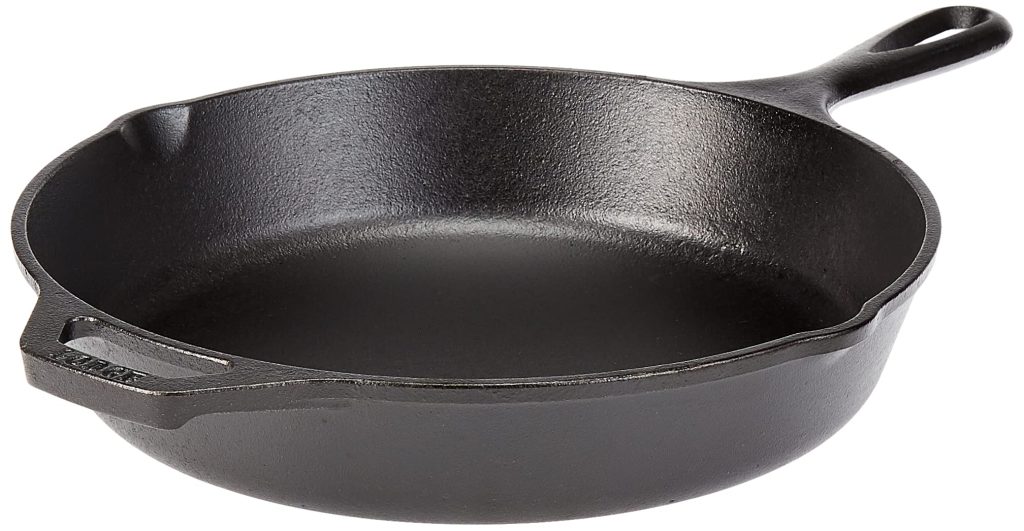
Cast Iron Skillet are a kitchen essential known for their durability, heat retention, and versatility. From sizzling steaks to golden cornbread, they can do it all. But with great power comes great responsibility—proper care and seasoning are critical for keeping your skillet in top shape. buy cast iron cookware online India.
Unlike modern non-stick pans, cast iron thrives with use but demands a little love and routine maintenance. This guide walks you through everything you need to season, clean, restore, and protect your skillet for generations to come.
What Is Seasoning and Why Is It Crucial?
Seasoning is a thin layer of polymerized oil baked onto the surface of cast iron. It forms a slick, natural non-stick coating and protects the metal from rust.
Why Seasoning Matters:
- Prevents food from sticking
- Enhances flavor
- Protects against moisture and oxidation
- Improves over time with consistent use
How to Season a Cast Iron Skillet – Step-by-Step
1. Pre-Clean Your Skillet
Scrub with warm water and a brush (no soap) to remove residue. Dry it completely.
2. Apply a Thin Layer of Oil
Use a paper towel to apply a thin, even layer of oil (e.g., flaxseed, canola) across the entire surface—including the exterior and handle.
3. Bake It Upside Down
Place the pan upside down in the oven at 450°F (230°C) with a foil-lined tray underneath to catch drips. Bake for 1 hour.
4. Cool in the Oven
Let it cool inside the oven before storing. This completes the polymerization process.
Choosing the Right Oil for Seasoning
| Oil Type | Benefits |
|---|---|
| Flaxseed oil | Strong polymer coating |
| Canola oil | Affordable and effective |
| Grapeseed oil | Neutral flavor, high smoke point |
| Vegetable oil | Easy to find, reliable |
Avoid: Butter, olive oil, or any low smoke-point oils.
Signs Your Skillet Needs Re-Seasoning
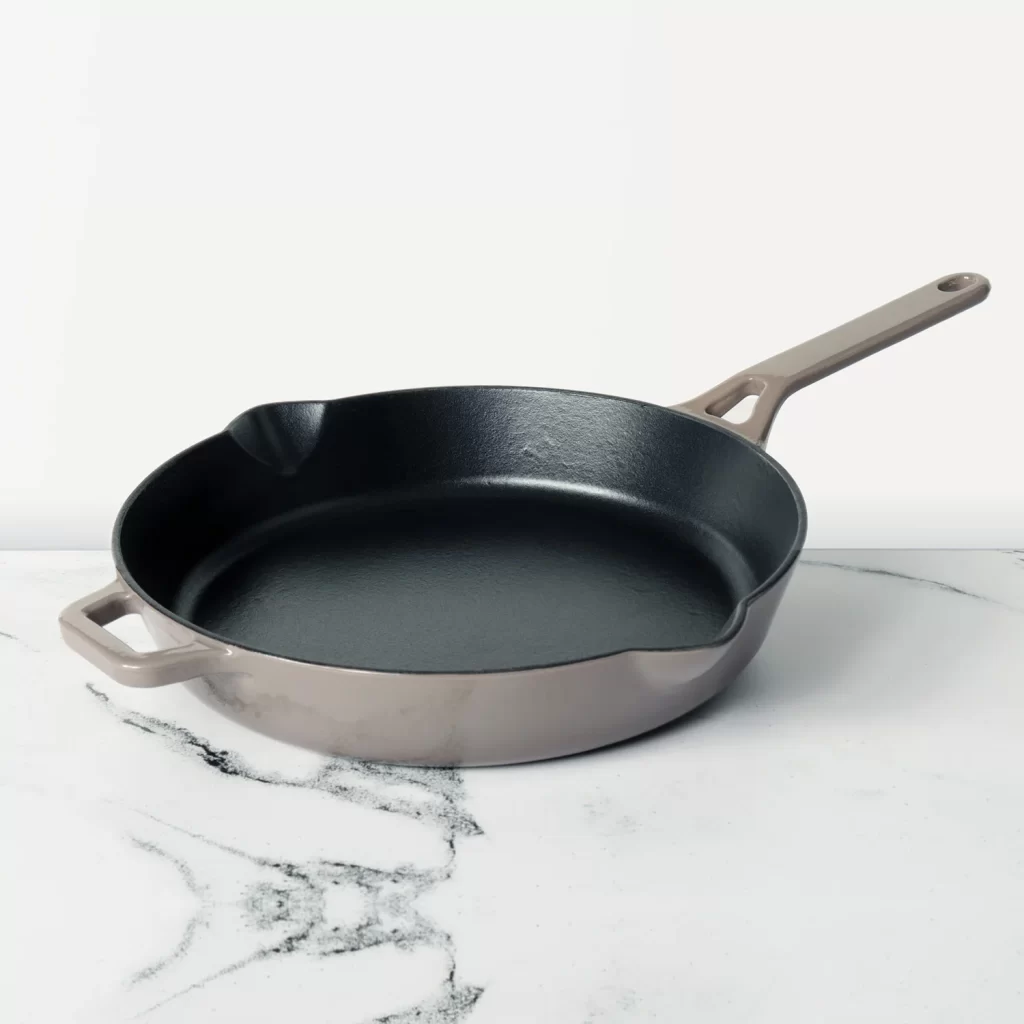
- Food sticks more than usual
- Dull or gray patches on the surface
- Small rust spots or a rough texture
- No longer feels smooth or glossy
Daily and Weekly Maintenance Tips
After Every Use:
- Rinse with warm water (no soap)
- Use a soft sponge or brush
- Dry thoroughly on the stovetop
- Apply a very light layer of oil
Weekly:
- Check for dry spots or dull patches
- Re-oil lightly if needed
Deep Cleaning Methods for Cast Iron
When to Deep Clean:
- Stubborn stuck-on food
- Rust buildup
- Rancid smell
How to Deep Clean:
- Scrub with coarse salt and a paper towel
- Rinse and dry thoroughly
- Re-season after deep cleaning
What NOT to Do with Cast Iron Skillet
- Don’t use the dishwasher
- Don’t soak in water
- Don’t store with moisture
- Don’t use metal scrubbers on the surface
- Don’t cook acidic foods initially (like tomatoes or vinegar-heavy dishes)
How to Store Your Cast Iron Skillet Properly
- Store in a dry place
- Place a paper towel or cloth between pans if stacked
- Optionally hang from a wall hook for airflow
- Never seal in a container or wrap in plastic
Can You Use Soap on Cast Iron? Experts Explain
Old-school advice said “no soap ever!”, but modern research shows that a small amount of mild soap won’t harm a well-seasoned skillet. The key is to avoid scrubbing away the seasoning layer.
Use sparingly and rinse well if needed.
Myths vs. Facts About Cast Iron Care
| Myth | Fact |
|---|---|
| “Never use soap” | Mild soap is okay for seasoned pans |
| “Cast iron heats evenly” | It retains heat well, but heats unevenly |
| “You can’t cook acidic foods” | You can, but avoid when seasoning is new |
| “Rust means it’s ruined” | Rust can be removed and re-seasoned |
Restoring an Old or Neglected Cast Iron Skillet
1. Strip the Rust
Scrub with steel wool and vinegar soak if needed.
2. Deep Clean
Wash thoroughly and dry immediately.
3. Re-Season
Follow the seasoning steps from earlier.
Many vintage pans are brought back to life with just a little care!
Comparing Enamel-Coated vs Traditional Cast Iron
| Type | Pros | Cons |
|---|---|---|
| Enamel-Coated | No need to season, rust-proof | Heavy, more expensive, can chip |
| Traditional | Naturally non-stick, builds patina | Requires seasoning and maintenance |
Cooking Tips to Protect Your Seasoning
- Cook fatty foods like bacon or burgers to reinforce seasoning
- Avoid boiling water or cooking overly acidic dishes
- Don’t press or cut food directly in the pan
Tools That Make Cast Iron Care Easier
- Chainmail scrubber – Safe and effective
- Cast iron scraper – Removes stubborn food
- Oil dispenser – For quick, even application
- Lint-free cloths – For applying oil and storage
FAQs About Seasoning and Caring for Cast Iron
Q1: How often should I season my skillet?
A: Once every few months, or as needed when the surface dulls.
Q2: Can I use my cast iron on induction cooktops?
A: Yes! Cast iron works great with induction.
Q3: Is it okay to cook with butter in cast iron?
A: Yes, just don’t use it for seasoning due to low smoke point.
Q4: What happens if my skillet rusts?
A: Scrub, clean, and re-season—it’s not permanent damage.
Q5: Can I bake in my cast iron skillet?
A: Absolutely! It’s excellent for cornbread, cobblers, and pies.
Q6: Why does my skillet feel sticky after seasoning?
A: Too much oil or not enough baking time. Keep it thin and bake longer.
Conclusion – Keep Your Skillet for Life
Caring for your cast iron skillet isn’t complicated—it’s about forming good habits. With proper seasoning and maintenance, your skillet will only get better with age, cooking richer, tastier meals every time. Treat it right, and it might just be the last pan you ever need.


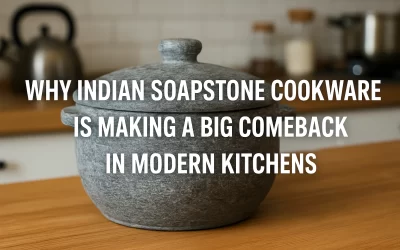
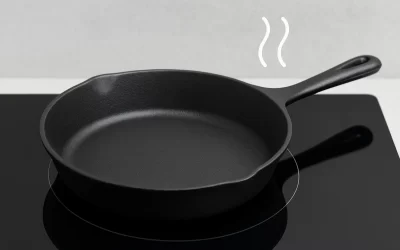
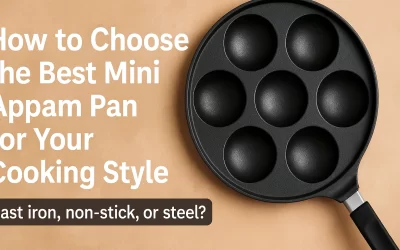
0 Comments